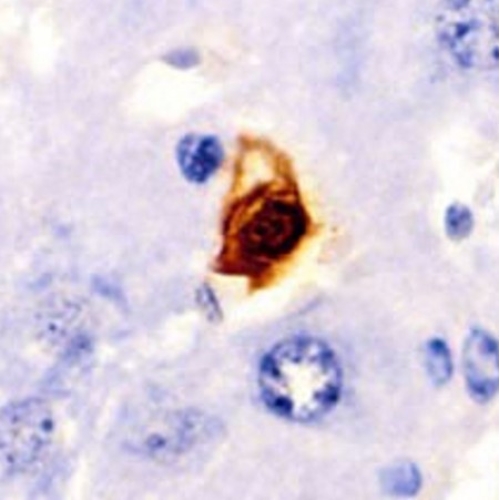Key points from article :
When DNA is damaged it signals for help - including using Ataxia-telangiectasia mutated (ATM) kinase.
Clear biochemical link between ATM and the inflammatory NF-κB pathway identified.
NF-κB pathway linked to other age-related diseases, including atherosclerosis, osteoporosis, and Type 2 diabetes.
Also linked to cellular senescence itself.
ATM-deficient mice exhibited fewer signs of cellular senescence, including SASP factors.
Used an ATM kinase inhibitor, KU-55933, to rescue cells from cellular senescence.
However, it also reduced Poly [ADP-ribose] polymerase 1 (PARP1), which is used in DNA repair.
Research by Scripps Research, University of Minnesota Medical School and University of Pittsburgh School of Medicine published in Aging.






